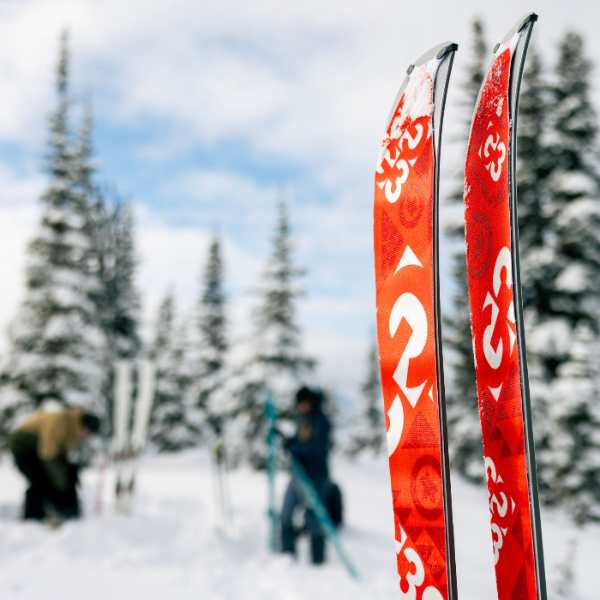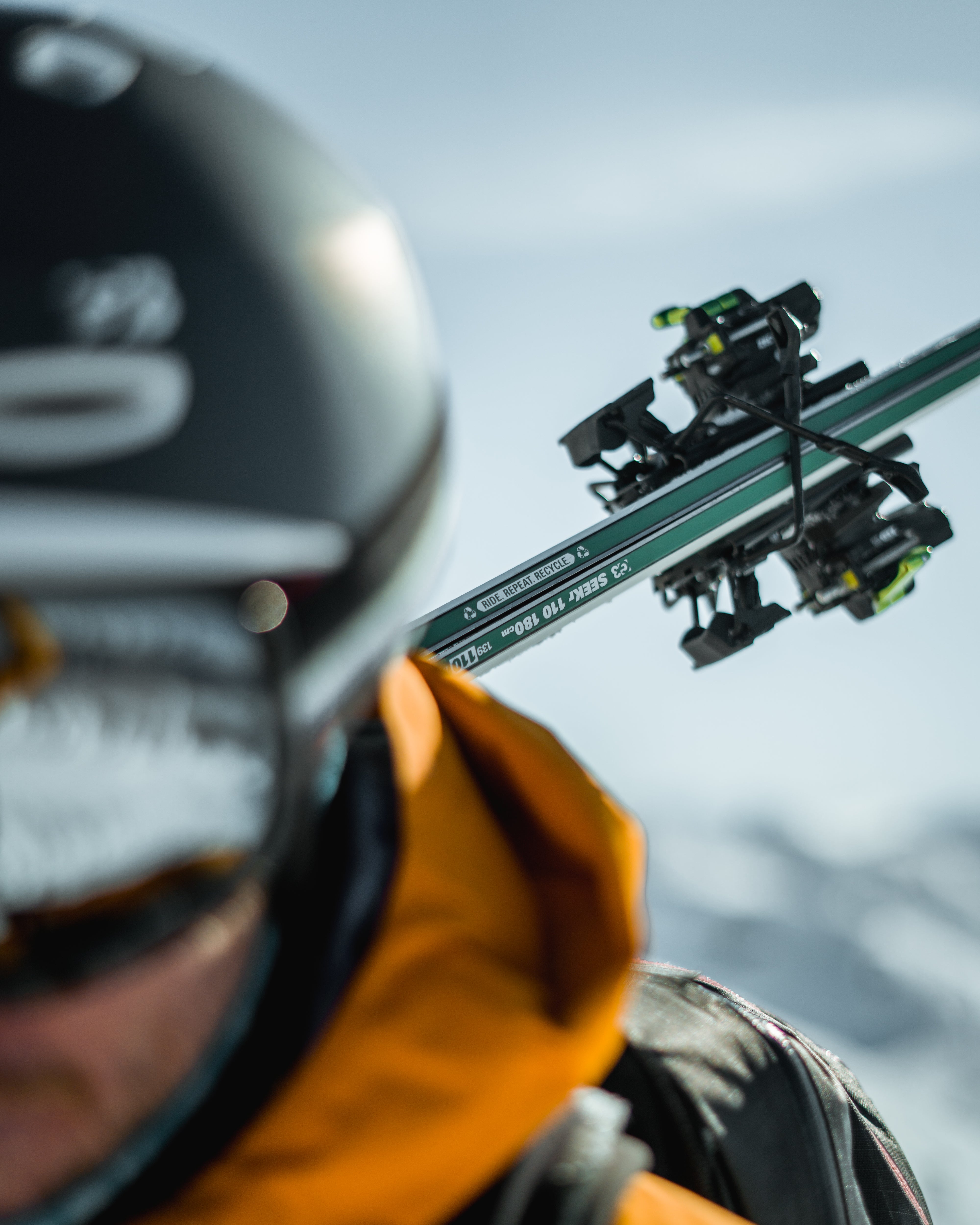
No matter the adventure; bagging a peak, skiing a rad line, or finishing a traverse, for me it’s all second to getting home alive at the end of the day, (or in our case months). Oftentimes this past winter we would find ourselves several days or even a week away from potential rescue, which meant that every decision mattered. That being said, safety was not the only priority or let’s face it, we would have just stayed in bed hiding under the covers. We learned a few new things while we were out slogging for five and a half months through the Coast Mountains last winter, and I’m stoked to be able to share some insights.
Here's a few helpful tactics we employed, despite them seeming a bit against the grain of standard safety practices. We simply chose what worked best for us personally in each of the many circumstances and cruxes we encountered on the traverse.

RAVEN EYE PHOTOGRAPHY
NEVER TRAVEL AT NIGHT BECAUSE IT'S DANGEROUS… RIGHT?
We quickly found out that night travel could be much safer than during the day, and I’m not just talking about springtime melt-freeze cycles where the avalanche hazard is lower at night. I’m talking about whiteout navigation. During the day all you see is the inside of a ping pong ball, but at night with a powerful headlamp, you can suddenly see all the crevasses ahead of you as your light creates contrast and shadows.

RAVEN EYE PHOTOGRAPHY
Often the weather is calmer at night too. We enjoyed some great moonlit walks in calm weather after a day of extreme winds. Our advice? Don’t be afraid of the dark!

RAVEN EYE PHOTOGRAPHY
ALWAYS ROPE UP?
Everyone has heard of roping up on glaciers. What people don’t often consider is that roping up may be more dangerous in certain situations. It’s not like turning on your avalanche transceiver and forgetting about it until you need it. When you are a party of two like my mom and I were, the chances of being able to stop the other’s fall, and not end up stacked one on top of another in a tangle of toboggans down some hole could be slim. Don’t believe me? Try it (with a backup rope anchored I’d recommend). Or easier yet, google it. Watch some YouTube videos of people actually jumping into crevasses and see how far people fall before they are stopped by a desperate team of three or four people that are actually prepared for and expecting the fall. Often, the safer option for us was to go unroped, with each of us carrying rescue gear. It was kind of the same mentality as skiing one at a time in avalanche terrain. Better to have only one person caught at a time.

RAVEN EYE PHOTOGRAPHY
When we did rope up we took extra precautions like tying our heavy toboggans to the rope so they wouldn’t land on us if we did fall in (I’m no expert but I feel like 40-60lbs landing on your head could give you a nasty headache). We also put a lot of distance between us and tied several butterfly knots in between to add friction. We also considered at times it may be better to set up anchors and belay. There are always options and consequences, for us the key was to consider as many as possible before choosing our method.

RAVEN EYE PHOTOGRAPHY

RAVEN EYE PHOTOGRAPHY
DEEP IN THE LAKE
Traveling on skis afforded us an incredible advantage as our weight was spread out. We were able to cross areas we never could have by boot packing, like some not so frozen lakes, sketchy snow bridges across creeks, and of course crevasses. Since lake ice melts from the shore inwards, the safest way to travel was counterintuitively in the middle of the lake where the ice was thickest as opposed to close to shore. We also avoided creek inflow and outflow areas as the ice was always thinner there. We also considered roping up on some lakes in the spring to afford the person who had fallen in an escape option.

RAVEN EYE PHOTOGRAPHY
All in all, we just did the best we could and tried to make the most practical decisions possible. Sometimes we had to sit out storms, or change our route, or wait until dark. Sometimes we committed to some pretty sketchy stuff. More often than I would have liked, I put 100% of my faith into the satellite imagery on my Gaia phone app. Trusting that the open crevasses were indeed 30m to the right of my track as I snowplowed un-roped, in total whiteout or in the dark, down some remote icefield.

RAVEN EYE PHOTOGRAPHY
In the end we made it. There were some close calls but no injuries or crevasse falls ensued. I think a healthy dose of luck played into that as well, but luck only gets you so far.





